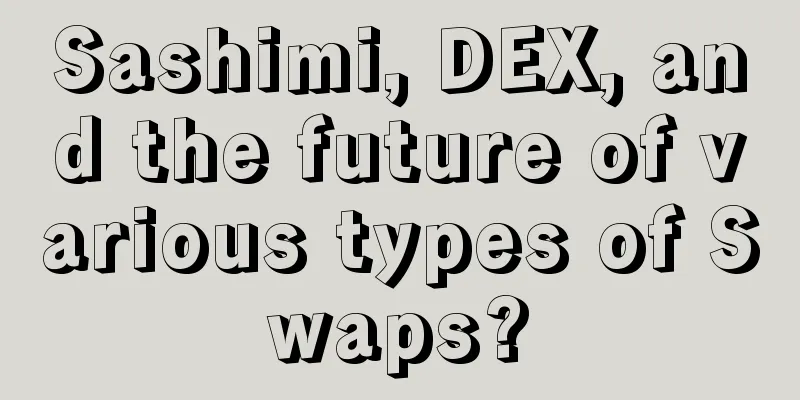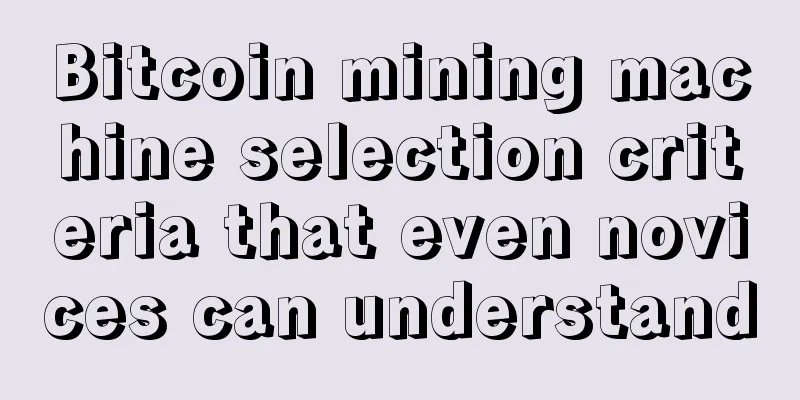A quick guide to the features and considerations of ETH 2.0 upgrade

|
1. ETH2.0 upgrade content and planning ETH 2.0 Related description ETH circulation & unit price Price: around $446, Circulation: 113,355,662 ETH (2020-11-9) Deposit contract effective block height The deposit contract takes effect when the block height is greater than 1,606,824,000 Contract Address Contract Explorer https://ethereum.org/en/eth2/deposit-contract/ https://etherscan.io/address/0x00000000219ab540356cbb839cbe05303d7705fa Phase 0 Upgrade Conditions a. Contract pledge amount reaches 524,288 ETH b. 16384 validators, each staking 32 ETH Validator Guide https://launchpad.ethereum.org/ Estimated launch time for Phase 0 December 1 Ethereum 1.0-2.0 Development Strategy 1.0 Frontier - Public beta version launched 1.0 Homestead - Mainnet officially launched, March 2016, block 1,150,000 1.0 Metropolis: -Byzantium upgrade, October 2017, block 4,370,000 (block reward 5ETH → 3ETH) - Constantinople, February 2019, Improved State Channels, Petersburg (block reward 3ETH → 2ETH) - Istanbul hard fork upgrade, October 2019, to fix issues for the 2.0 consensus transition algorithm Serenity 2.0-ETH 2.0 is the general name for all updates since the Serenity phase Consensus Mechanism ETH 1.0 PoW → ETH 2.0 PoS Maximum annual issuance after 2.0 2 million ETH/year Several stages of 2.0 Phase 0: Beacon Chain, the core phase, can manage validators and coordinate shard chains. Phase 0 contains all the mechanisms behind the PoS consensus of eth 2.0. It records validators and their staked amounts as a random number generator. Phase 1: Shard Chain, which handles the addition, storage, and retrieval of data associated with eth2’s shards based on Phase 0. Expected to be released in 2021, Phase 1.5: Ethereum upgrades from PoW to PoS (Casper), making it a shard under ETH2. Phase 2: Add execution commands to the remaining ETH 2 shards to enable smart contracts to run on all shards. Enable support for ETH transfers and withdrawals to enable cross-shard calls. Merge the remaining phases and terminate PoW. Post-2.0 stage: 2.0 upgrade is officially completed, and subsequent new further development and upgrade maintenance Sharding significance Improving the scalability of the network ecosystem can increase the throughput of Ethereum, turning the traditional PoW centralized verification of each transaction into a parallel multi-block transaction. ETH 2.0 plans to shard into 64 chains, which will be allocated to different node combinations. Precautions The ETH 2.0 Phase Zero contract is a one-way deposit contract, which only allows deposits to be made but not withdrawn, and there is no chance to regret. Participating in staking means that validators cannot transfer funds before Phase 1 is implemented, and before Phase 2 is implemented, it is expected that they will not be able to withdraw funds for about 2 years. However, you can get staking rewards according to the official plan. 2.0 Staking Income If the staked amount reaches the minimum beacon chain standard of 524,288 ETH, these validators can obtain an annualized rate of return of approximately 21.6%. When the ETH participating in 2.0 Staking reaches 5 million ETH, the overall annualized rate of return will be reduced from the initial 21.6% to 7%. As the number of validators increases, the APR will gradually decrease to below 4.9%. Current status of ETH 2.0 deposit contract: Current status of ETH 2.0 deposit contract: In the past two days, about 7164 ETH has been added to 2.0 Staking. As of 2020-11-7 16:22, a total of 42,213 ETH has been deposited into the contract. At 22:16 on November 9, 2020, a total of 49,377 ETH was deposited into the contract Completion rate: 9.4%, 474,911 ETH left to reach target, 21 days left to December 1st Phenomena that may occur after the launch of ETH2.0 Phase 0: Possible positive phenomena: The market actively participated in the construction of the beacon chain, Phase 0 was successfully launched, and a large amount of ETH participated in Staking, which further increased the trading popularity and price of ETH in the secondary market. Traditional mining pools and exchange mining pools have launched ETH 2.0-like staking functions due to the hot topics, and cooperated with media publicity to attract ETH investors and fans to indirectly lock up their positions to participate in the construction, thereby achieving the effect of increasing the popularity of Ethereum transactions. Phase 0 attracted a large number of developer organizations and community developers to participate, which further accelerated the development speed, thus quickly entering Phase 1 and launching the shard chain ahead of schedule. Market observers will further increase their expectations for ETH 2.0 (overly positive assumptions) As BTC attracts traditional institutions to store value, it will also allow more institutions to participate in the construction of decentralized high-performance Dapps and game development. Possible negative scenarios: Since the deposit contract of ETH 2.0 cannot transfer or withdraw in advance, the interest of participants decreased. Some people did not know about this model in advance and participated impulsively, which delayed the start of phase 0. After the start, the development progress was slow, which led to negative voices in the market and a large-scale decline in the ETH secondary market. The development is too slow, delayed by more than the expected two years, and ETH has entered a relatively sluggish trend. Sharding technology is still in the ideal stage. Verification is successful and feasible under ETH's PoW model, but whether there will be centralization and the necessity of centralized development organizations under the PoS model remains to be verified. Because the relatively healthy development of PoS projects is currently maintained by teams with relatively concentrated chips, the PoW model generally does not need to consider this. The excellent blockchain projects in the market have undergone major upgrades and cooperation. In 1-2 years, it is easy for high-performance public chains such as Algorand, Cardano, Polkadot, and Near to overtake. Due to the small amount of Algorand's initial auction, the trend and promotion of the secondary market are at a relatively hidden level. However, judging from the compliance cooperation between SOV, the national digital currency in 2020, and USDC, the only public chain to cooperate with ETH, there is a high probability that there will be larger-scale cooperation in 2021-2022, which will lead to a shift in market attention. (But ETH is still the project with the highest community attention at present) |
<<: Data: Huobi’s 24-hour BTC net inflow is $79.1 million, and capital repatriation is accelerating
>>: [Update] Ethereum 2.0 countdown, daily changes in staked amount
Recommend
How to tell a man's wealth from his appearance
Money is the source of life and the foundation of...
It is said that this Bitcoin halving is the most brutal yet, is that true?
Now, Bitcoin’s issuance rate has dropped by 50%, ...
What are the characteristics of a person who is not born with career luck? A short chin
Although career luck is not necessarily entirely ...
What should I pay attention to if there is a black line on my forehead?
What should I pay attention to if there is a blac...
Predicting what kind of job a woman will have in the future from her palm
A person's destiny is in his own hands. This ...
Despite regulatory uncertainty, the amount of funding has quadrupled in India’s crypto industry, which is still favored by venture capital
Data shows that the country's crypto market h...
Observation | After Dogecoin, will Animalcoin trigger a new round of bubble?
Dogecoin, also known as "Dogecoin/Dogecoin&q...
How lucky are people with Fuzi eyes on their fingers?
From the perspective of traditional palmistry, th...
Greetings from the Isle of Man, the Bitcoin Island. Can the European continent hear it?
The Isle of Man, located off the northwest coast ...
It is better to read articles on professional websites instead of watching palmistry videos
In recent years, with the popularization of the In...
Women with this face often have unhappy marriages and prominent earlobes
It is said that an unhappy marriage cannot be cau...
Bitcoin’s third halving: The good story ends, what next?
A few days ago, Andreas M. Antonopoulos, the most...
What does a mole on the palm mean?
I believe many people know about moles. We all ha...
Is it good for a woman to have a flat brow bone?
The brow bone is the bone located on our eyebrows...
Former U.S. Treasury Secretary: Cryptocurrency is "a kind of digital gold" and is here to stay
Former U.S. Treasury Secretary Lawrence Summers s...









